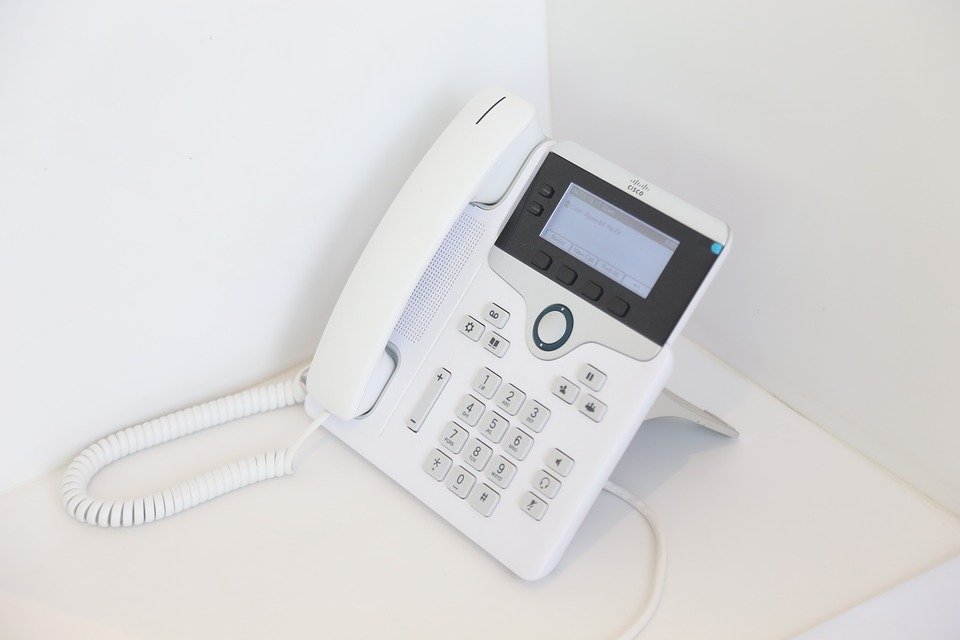Choosing the Right Type of Office Telephone Systems

Yealink CP960 office telephone system is important to a multitude of companies, with staff now using it for both internal and external communication and work processes. The following information on this page ought to give you enough knowledge to know what type of telephone network your firm requires; for even more information regarding office telephone systems it's really important to talk to suppliers nowadays - all of which offer different products and deals to individual firms. Telephone networks are made up of individual telephone lines, known as local area networks (LANs) and wide area networks (WANs). There are also service providers who offer 'unified' or multi-line' services, which combine the capabilities of both individual lines and WANs. But what exactly is the way in which office telephone systems function?
Let's start by looking at how the Grandstream Phone system works. When a call comes to your company's main telephone exchange, (usually a public switched telephone exchange) it is routed through to the correct office telephone system. This system then organises the call and transmits it to the correct person, or persons, in the relevant organisation. If any of the callers want to speak to someone outside the organisation, the office system will automatically connect them to the appropriate person. This is usually done by transmitting the caller's name, address and other relevant information into the office switch.
Now that we know how office telephone systems work, let's look at how some of the larger, more common office phone systems work. For business requirements, a hybrid system with several main switch units is common. These business needs include things like voicemail, extension numbers and more. The hybrid telephone systems often work through a single main switch. The advantage of this is that one unit can handle the wide range of business needs, whilst keeping the cost of ownership down. However, the disadvantage is that larger office telephone systems often have an excess of internal wiring and this can be more costly than the less complex and more externalised hybrid units.
A third option for office telephone systems is a completely internal system. Some people may refer to this as 'professional installation' or 'specialised wiring'. In simple terms, the internal system connects each of the office phone system's units through a single main home call switch. The advantage is that one unit can handle all the calls made, regardless of whether they are made internally or externally. The disadvantages are that it can be expensive and may not offer true continuity.
Finally, there are three different types of office telephone systems. There are single line and three-line units. Single line units are the most popular, due to their ease of use and lack of extra wiring. Three line units are slightly more complicated, as you can connect three phones using three separate lines. They also offer more freedom in terms of what numbers are dialed, although it may be more expensive to extend the network.
For business customers calling in from outside the company, many companies now provide hosted PBX services. Hosted phone systems can handle the same functions as internal office telephone systems, and the user doesn't need to purchase or manage any additional hardware. External call centres can handle calls from anywhere, so business customers can be reached by any number of customer service calls without having to rely on the internal phone system. This ensures that external customers can get the same levels of customer service as their internal colleagues. It also means that external call centres will always be able to handle calls with no maintenance required on behalf of the business.
To understand more about this subject, please read a related post here: https://en.wikipedia.org/wiki/Telephone.
